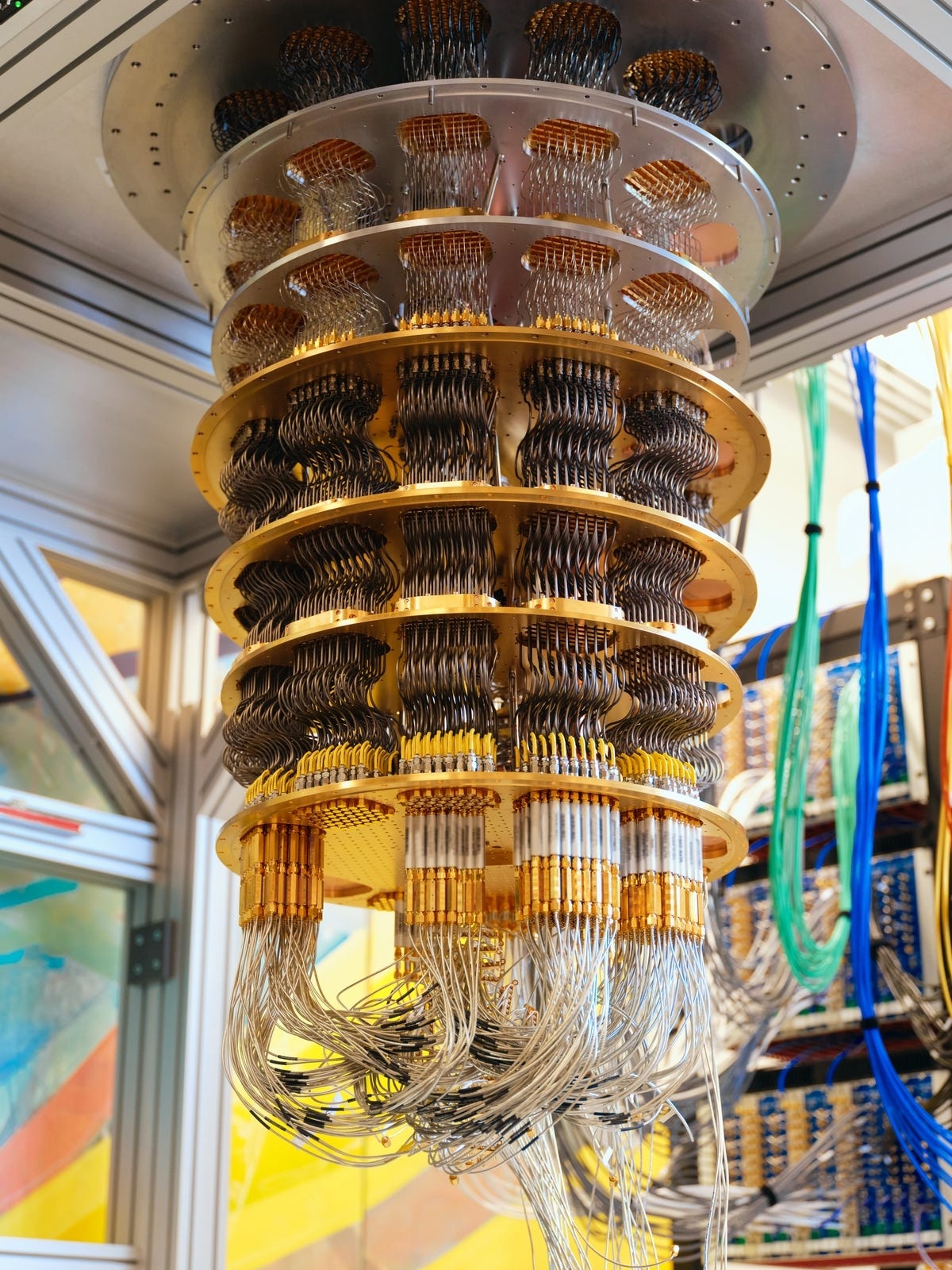The Ethereum ecosystem has seen remarkable growth, with Layer-2 (L2) solutions boosting transaction speeds and reducing costs. However, this expansion has led to a significant challenge: fragmentation. With over 50 L2s, Ethereum has become a complex maze, forcing users to navigate multiple networks and bridge assets to perform basic actions. This article explores the problem of fragmentation and introduces ERC-7683, a standard designed to unify Ethereum and create a seamless user experience.
Fragmentation poses an existential threat to Ethereum’s future. The need to manage multiple networks and bridge assets introduces friction, confusion, and potential errors.
- User Experience: Simple actions, like buying a token, require switching networks and multiple transactions.
- Liquidity: Capital is trapped in silos, reducing market efficiency. DeFi protocols struggle to maintain liquidity across chains, leading to worse prices and convoluted processes.
- Developer Challenges: Developers face the difficulty of choosing which L2s to support, managing multiple deployments, and building complex bridging infrastructure.
Proposed by Across and Uniswap Labs, ERC-7683 is a standard that allows Web3 apps to express complex multi-step cross-chain transactions as a single user request. A network of relayers then executes these requests. The standard is supported by over 50 protocols, including Arbitrum, Base, and Optimism, as well as the Ethereum Foundation’s L2 Interop working group.
ERC-7683 simplifies cross-chain operations by allowing users to express their desired outcome without manually managing network switches and bridges.
- Intents-Based Architecture: ERC-7683 separates the user’s desired outcome from the mechanical execution.
- One-Click Transactions: Users can perform actions like swapping tokens on Base using funds from Arbitrum in a single click.
- Competitive Solvers: A network of solvers competes to fulfill these intents quickly.
- Seamless User Experience: Users interact with the entire Ethereum ecosystem as if it were one chain.
- Abstraction of Complexity: Developers can abstract away chain complexity while leveraging the scale of a multi-chain ecosystem.
- Cross-Chain Execution Speed: Provides the fast execution speeds needed for seamless experiences.
ERC-7683 is already in use through Across implementation, which has processed over $18 billion in cross-chain volume. This demonstrates the standard’s viability and potential.
In the near future, imagine an Ethereum where users can see all their assets across every chain in one view and interact with any application on any L2 without worrying about bridging. Developers can build applications once and reach users everywhere, and liquidity flows freely.
Tips and Guides for Users and Developers
- For Users: Look for wallets and applications that support ERC-7683 to simplify cross-chain transactions.
- For Developers: Embrace ERC-7683 to build applications that can seamlessly interact with multiple L2s. Consider using Across’ solver network to extend your application’s reach.
Examples of ERC-7683 in Action
- Cross-Chain Swapping: A user wants to swap tokens from Arbitrum to Base. With ERC-7683, they can initiate a single transaction, and the standard handles the bridging and swapping automatically.
- DeFi Participation: A user wants to participate in a DeFi protocol on Optimism using assets on Polygon. ERC-7683 allows them to do so without manually bridging assets.
By resolving fragmentation, ERC-7683 addresses a major barrier to mainstream adoption. It makes DeFi more accessible and improves liquidity across marketplaces.
ERC-7683 is essential for building a unified, accessible Ethereum ecosystem. By embracing this standard, L2s, developers, and the community can unlock Ethereum’s full potential. Unified standards, shared infrastructure, and collaboration are crucial to overcoming the challenges of fragmentation. With account abstraction and intent-based bridging in place, ERC-7683 integrates these innovations into a cohesive standard, setting the stage for Ethereum’s next chapter.

 8 months ago
51
8 months ago
51


 English (US) ·
English (US) ·